Energy and the Environment

Credit: Home Energy by George Hodan is licensed under CC0 1.0
Resource Description
Our world runs on energy - without it, things come to a screeching halt, as the recent hurricanes have shown. Ever stop to wonder what our energy future is? What are our options for energy, and what are the associated economic and climatic implications? In "Energy and the Environment" we explore these questions, which together represent one of the great challenges of our time - providing energy for high quality of life and economic growth while avoiding dangerous climate change. This course takes an optimistic view of our prospects, and we'll see how shifting to renewable energy can lead to a viable future. Learn moreEnergy in a Changing World
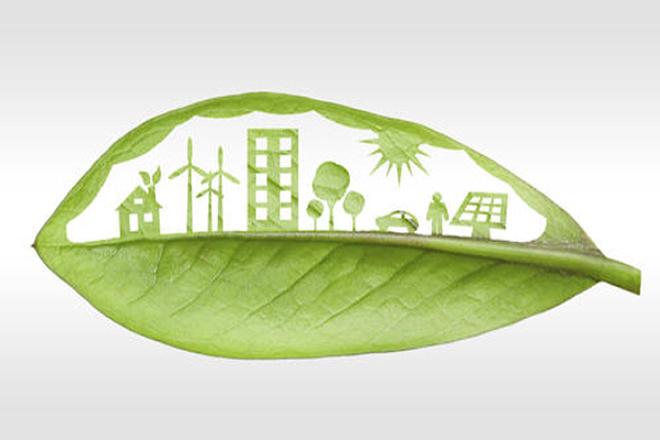
Credit: Green city concept, cut the leaves of plants, isolated over white by kirillov alexey, licensed through Shutterstock used with permission
Resource Description
What is energy? It's the hot in heat, the glow in light, the push in wind, the pound in water, the sound of thunder and the crack of lightning. It is the pull that keeps us (and everything else!) from simply flying apart, and the promise of an oak deep in an acorn. It is all the same, and it is all different. Sunshine and waterfalls won't start your car, and wind won't run the dishwasher. But, if we match the form and timing of the energy with your needs, all of these things could be true. Energy in a Changing World is about the full arc of energy transformation, delivery, use, economics and environmental impact, especially climate change. Learn moreEnergy Industry Applications of GIS
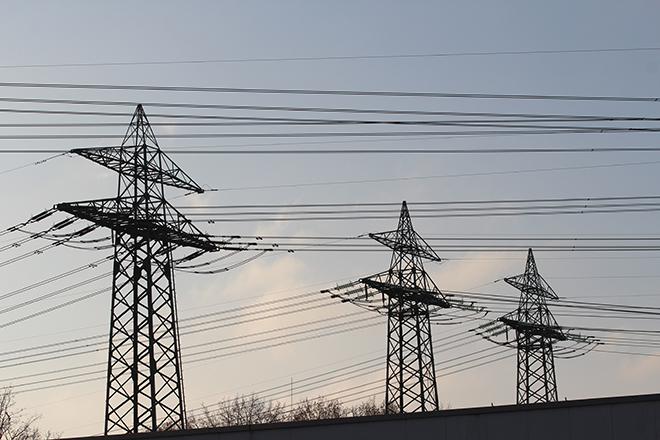
Credit: Stormast by Inactive account 127071 is licensed under CC0
Resource Description
Is Energy and GIS your passion? If so, Energy Industry Applications of GIS provides students with an in-depth exploration of the complexities of siting decisions in the electricity market. The course introduces a variety of siting challenges that confront the energy industry and its customers and neighbors but focuses on the siting of electrical transmission lines. The course also provides hands-on experience with a common decision support technology, ArcGIS, and considers how the technology may be used to facilitate public participation in siting decisions. This course stopped being offered for credit and may be out of date or have broken links after May 2019. Learn moreEnergy Policy
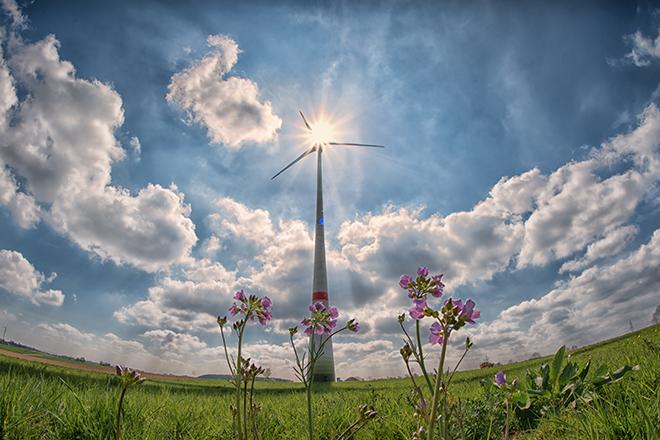
Credit: Purple Flowers by winterseitler is licensed under CC0
Resource Description
Energy policy sits at the crossroads of science and policy. And now, energy and climate policy are inextricably linked; the policies we choose have very real consequences for our climate. This intersection of science and policy is chaotic and bustles with activity motivated by various competing (and conflicting) interests and factors. We must understand the motivations driving them and bridge the divides between our reliance on fossil fuels and our need to transition to less carbon-intensive and renewable alternatives. While the science and math behind these problems is often fairly straightforward, the politics and behavioral changes are not. Come stand at this busy intersection with us as we navigate toward progressive climate policy alternatives at all scales of governance! Learn moreGlobal Energy Enterprise

Credit: Lobbying 161689 by OpenClipart-Vectors is licensed under CC0
Resource Description
Have you seen a Clean Coal baseball cap? In the challenge to meet soaring energy demand with limited resources, volatile issues like those related to the environment, national security and public health are often addressed outside of normal market transactions and are called externalities, or nonmarket factors. Stakeholders can act in resourceful ways to create a nonmarket environment that best serves their interest. A firm may challenge a law that makes it expensive or difficult to do business or compete with others, for example. An individual may organize a boycott of products or services that violate the individual's interests or principles--hey, don't buy from them! Nonmarket strategy in the energy sector is the subject of this engaging course. Learn moreHuman Use of the Environment
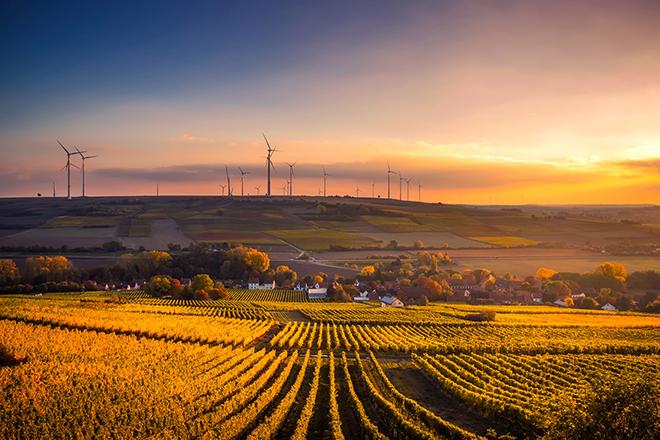
Credit: Green 2558976 by StockSnap is licensed under CC0
Resource Description
Geography 430 is an active, creative learning community focused around understanding the changing relationships between people and their environments, the causes and consequences of environmental degradation, strategies for building a more sustainable world, and the methods and approaches that scholars have used to understand human-environment interactions. The primary course objectives are to help geographers, earth scientists, and other professionals to deepen their appreciation for the complexity of human-environment systems and to develop skills that allow them to interpret, analyze, and communicate effectively regarding human-environment interactions in their lives as students, professionals, and citizens. Learn moreOrientation to Energy and Sustainability Policy
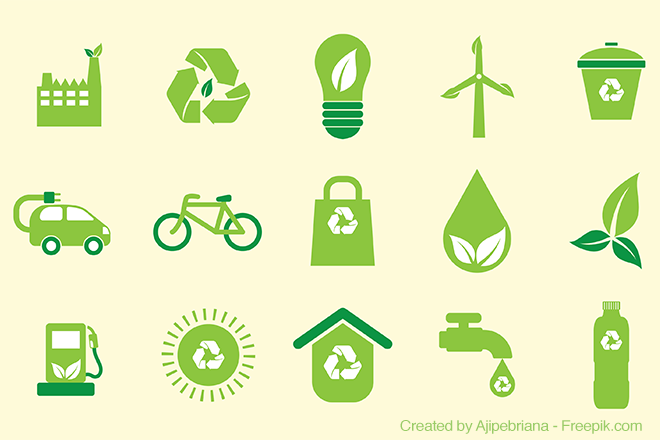
Credit: Green Environmental Icons Collection from ajipebriana is free for use (modified)
Resource Description
EMSC 302 provides an orientation of the Energy and Sustainability Policy (ESP) degree program, preparing students for further study in the five program learning outcome areas: energy industry knowledge, global perspective, analytical skills, communication skills, and sustainability ethics. It also provides an introduction to the basic skills necessary to be successful in higher-ed online learning, including communication and library skills. Learn moreSustainability and Non-Market Enterprise
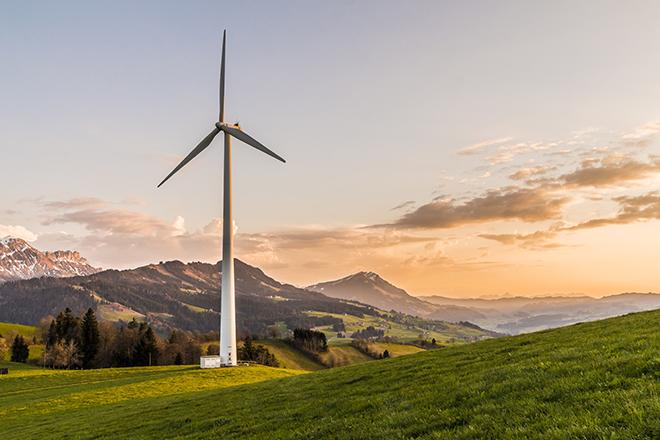
Credit: White Windmill by fxxu is licensed under CC0
Resource Description
The primary goal of this course is to provide a toolset for characterizing and strategizing how non-market forces can shape current and future renewable energy markets. The course approaches the exploration and explanation of key concepts in renewable energy and sustainability non-market strategies through evidence-based examples. Main topics for the course include: a sociological approach to markets, renewable energy markets, non-market conditions, complex systems analysis, and renewable energy technology and business environments. Because renewable energy costs are higher than fossil fuel cost per unit of energy, the main arguments in support of renewable energy, thus far, are functionally non-market in character, i.e., environmental (e.g., climate change), political (e.g., energy independence), and/ or social (e.g., good stewardship). Learn moreTechnologies for Sustainability Systems

Credit: Group of People Inside Building by Riccardo Bresciani is free to use
Resource Description
EME 807 overviews a wide range of contemporary technologies in the context of sustainability and examines metrics for their assessment. The course explores the main principles that guide modern science and technology towards sustainable solutions. It covers such topics as resource management technologies, waste and wastewater treatment, renewable energy technologies, high performance buildings and transportation systems, application of informatics and feedback to sustainable systems, and more. Learning in EME 807 heavily relies on real-life examples and taps into current practices of technology analysis. This course goes beyond understanding the background, fostering critical thinking and challenging the students to draw connections between social, environmental, and economic aspects of sustainable technologies. Learn moreUtility Solar Electric and Concentration

Credit: Blue Solar Panels by Carl Attard is free to use
